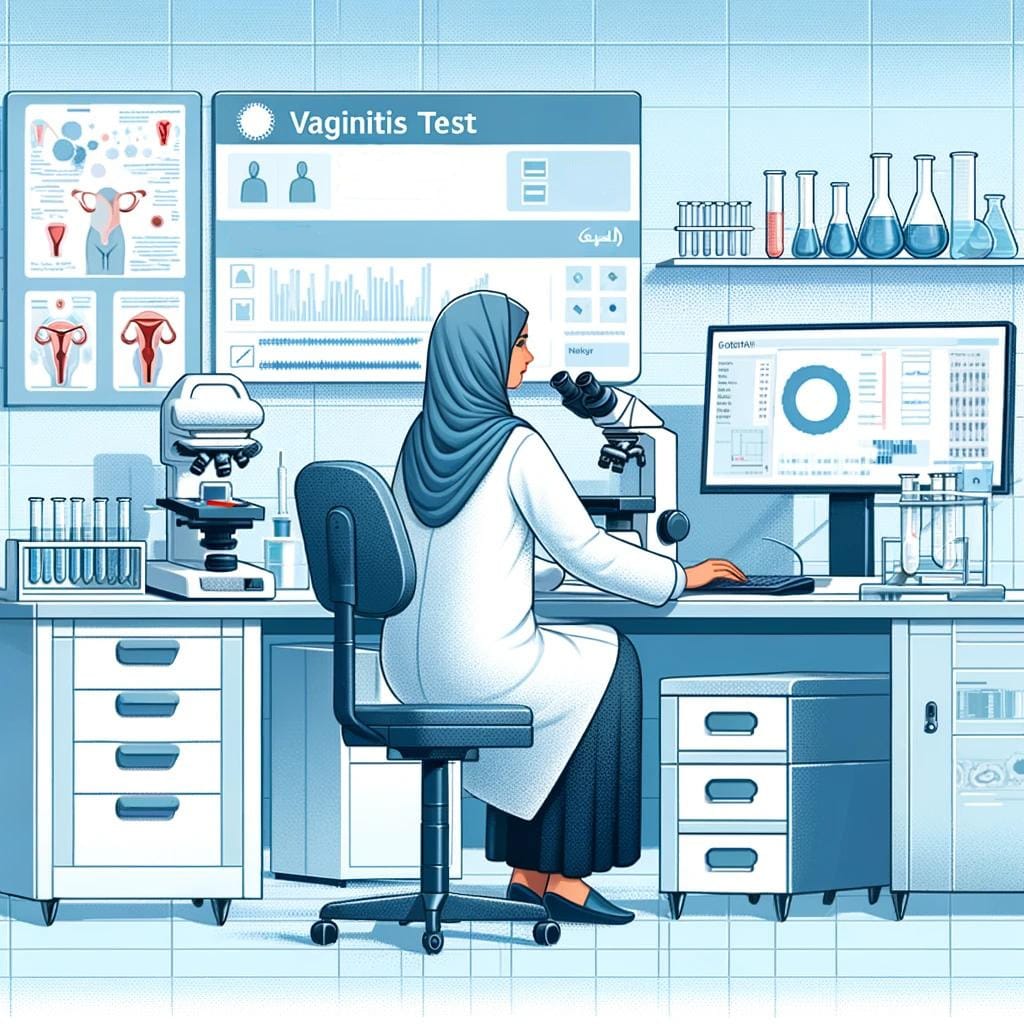Introduction:
Vaginitis is a common and often uncomfortable condition that affects many women, causing inflammation of the vaginal tissues. It can result from various causes, such as infections, hormonal changes, or irritants. Accurate diagnosis is crucial for effective treatment, and advancements in testing methods have significantly improved our ability to understand and address this issue.
The Importance of Testing:
Proper testing plays a pivotal role in identifying the root cause of vaginitis, allowing healthcare professionals to prescribe targeted treatments. Traditional methods, like microscopy and culture, have been the norm, but their limitations have led to the development of more advanced diagnostic tools.
Advanced Testing Technologies:
Enter the Automatic Gynecological Inflammation Intelligent Fluorescence Analysis System by InstaMed. This cutting-edge system utilizes Multiplex Fluorescence Staining Technology, offering a comprehensive approach to vaginitis diagnosis. Unlike single-stain methods, multiplex fluorescence staining technology provides a dual advantage—combining fluorescence and morphology.
Dual Benefits of Multiplex Fluorescence Staining:
InstaMed’s system excels in staining various components simultaneously, including Epithelial cells, Leukocytes, Lactobacilli, Clue cells, Candida vaginitis, and Trichomonas vaginitis. This multiplex approach not only enables the detection of specific pathogens but also evaluates the overall vaginal microecology and cleanliness. This comprehensive analysis proves invaluable for clinicians seeking rapid and accurate diagnosis for precise treatment planning.
Pathogen Detection:
The system’s ability to stain a range of pathogens in a single test is revolutionary. From common culprits like Candida to the more elusive Trichomonas, this technology aids in swift and accurate identification. This ensures that healthcare providers can tailor their treatment strategies based on the specific infection present, optimizing patient outcomes.
Microecology and Cleanliness Assessment:
Beyond pathogen detection, the system evaluates the overall health of the vaginal microecology and cleanliness. This holistic approach allows clinicians to not only treat the infection but also address any underlying issues affecting the balance of the vaginal environment. Such insight is crucial for preventing recurrent infections and maintaining long-term vaginal health.
Conclusion:
In the realm of women’s health, advancements like the Automatic Gynecological Inflammation Intelligent Fluorescence Analysis System bring a new level of precision to the diagnosis and treatment of vaginitis. Multiplex Fluorescence Staining Technology, with its ability to simultaneously analyze various components, marks a significant leap forward in gynecological diagnostics. InstaMed’s commitment to innovation underscores the importance of staying at the forefront of technology for the benefit of both healthcare providers and the women they serve. As we continue to explore and embrace these advancements, the future of vaginitis diagnosis and treatment looks promising.




